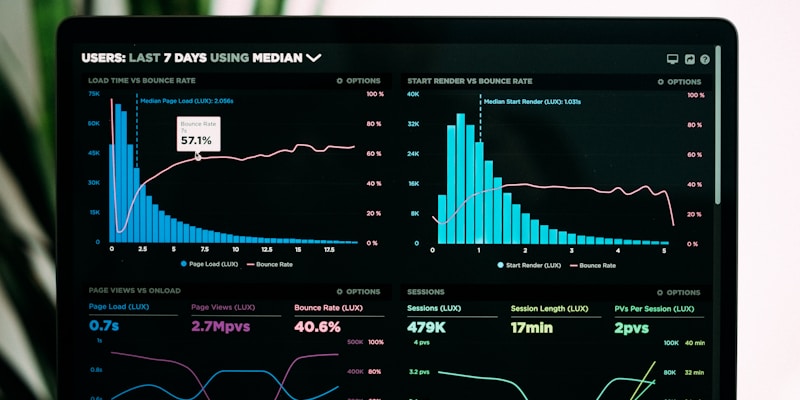Database Design for High-Performance Applications

Database design is the foundation of high-performance applications. The right design decisions can make the difference between a system that scales gracefully and one that struggles under load.
Normalization and Denormalization
Balance data integrity with performance:
- Normalize for data integrity and consistency
- Denormalize strategically for query performance
- Use materialized views for complex aggregations
- Implement read replicas for scaling reads
Indexing Strategies
Optimize query performance with proper indexing:
- Create indexes on frequently queried columns
- Use composite indexes for multi-column queries
- Implement covering indexes for query optimization
- Regular index maintenance and optimization
Partitioning and Sharding
Scale databases for massive data volumes:
- Horizontal partitioning for large tables
- Vertical partitioning for wide tables
- Implement sharding for distributed databases
- Use consistent hashing for data distribution
Caching and Performance
Implement effective caching strategies:
- Application-level caching for frequently accessed data
- Database query result caching
- Distributed caching with Redis or Memcached
- CDN caching for static content
High-performance database design requires careful consideration of normalization, indexing, partitioning, and caching strategies. By implementing these principles, you can build databases that scale with your application's growth.

Lisa Wang
Senior Software Engineer with 8+ years of experience in building scalable web applications and leading development teams. Passionate about emerging technologies and best practices in software architecture.